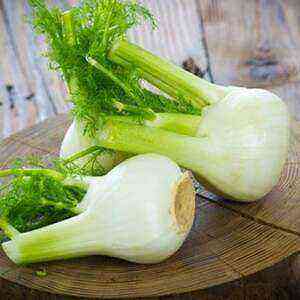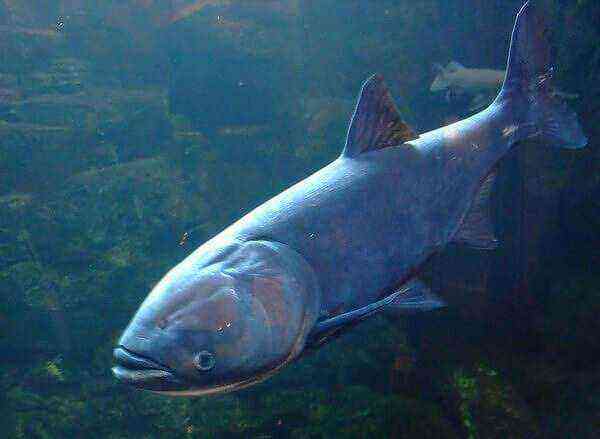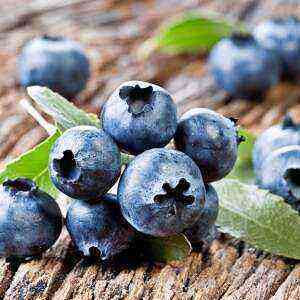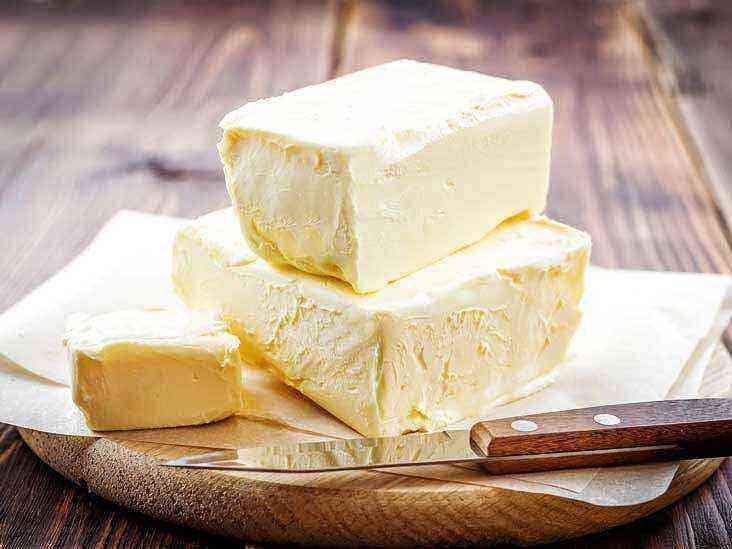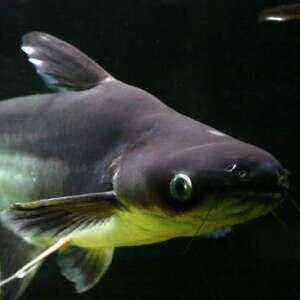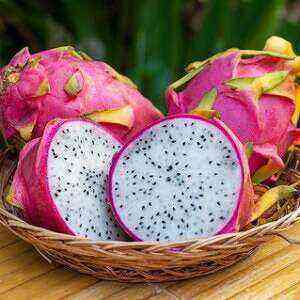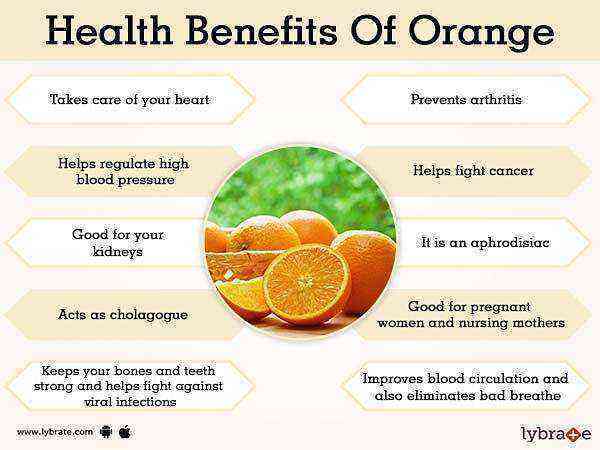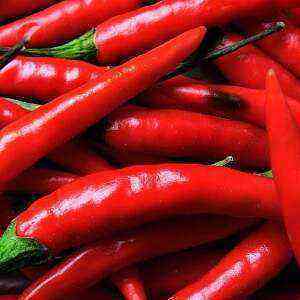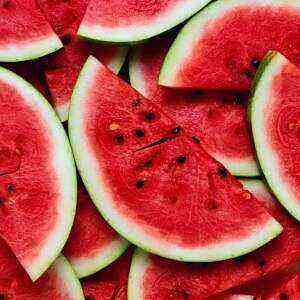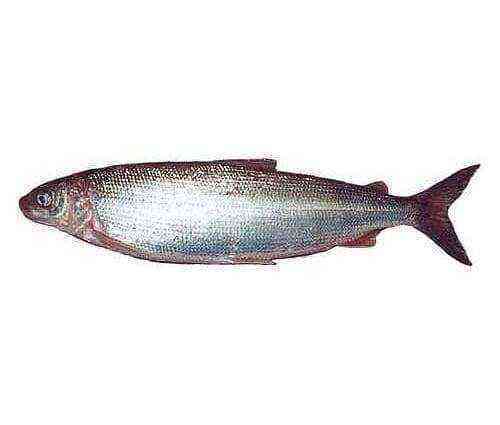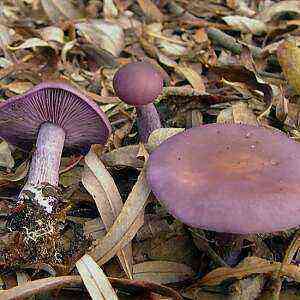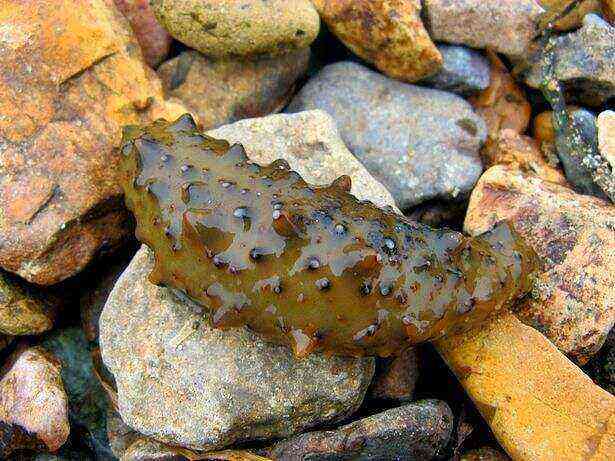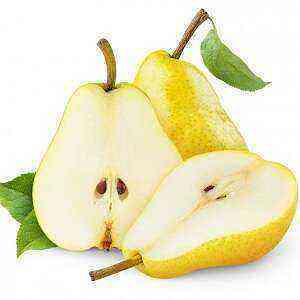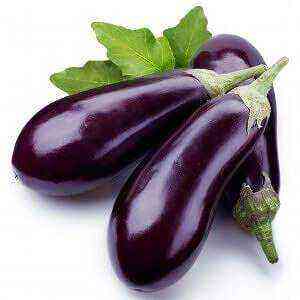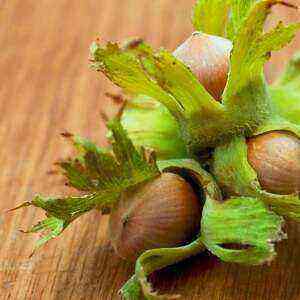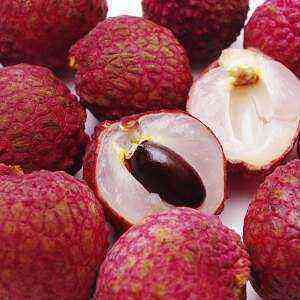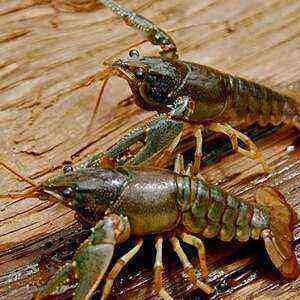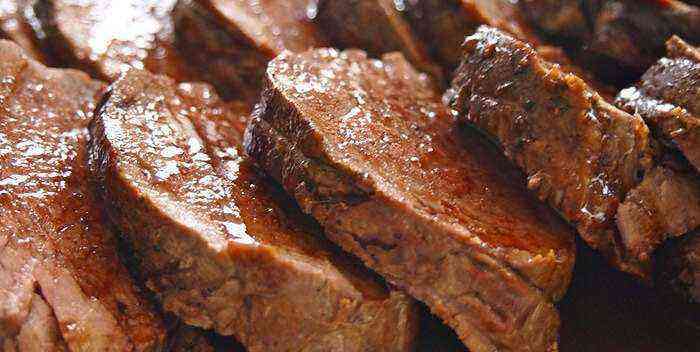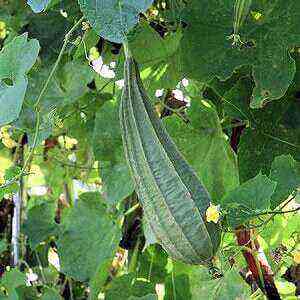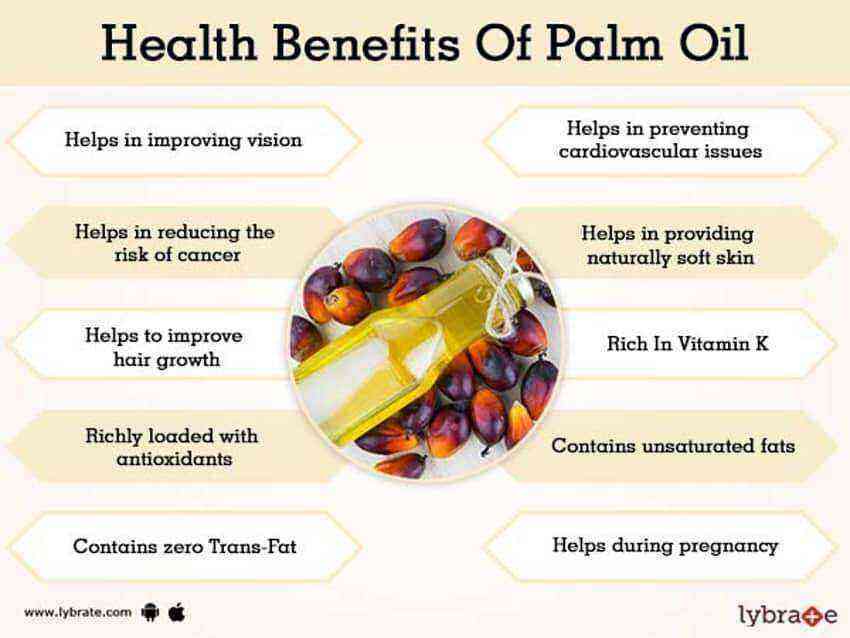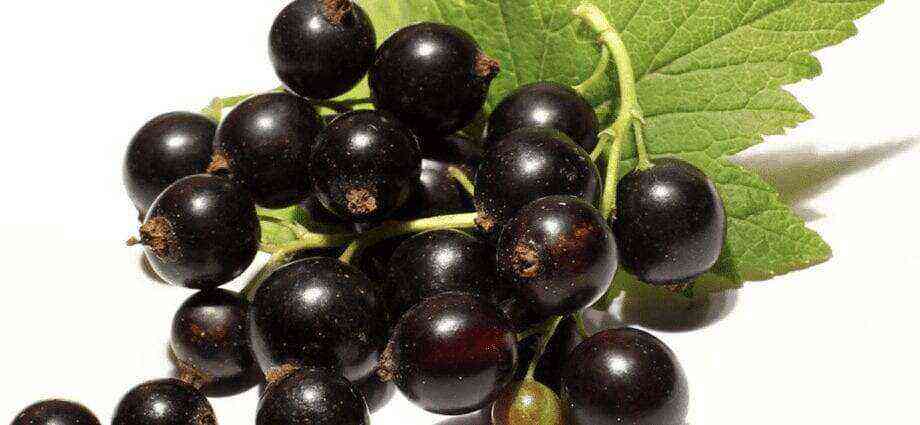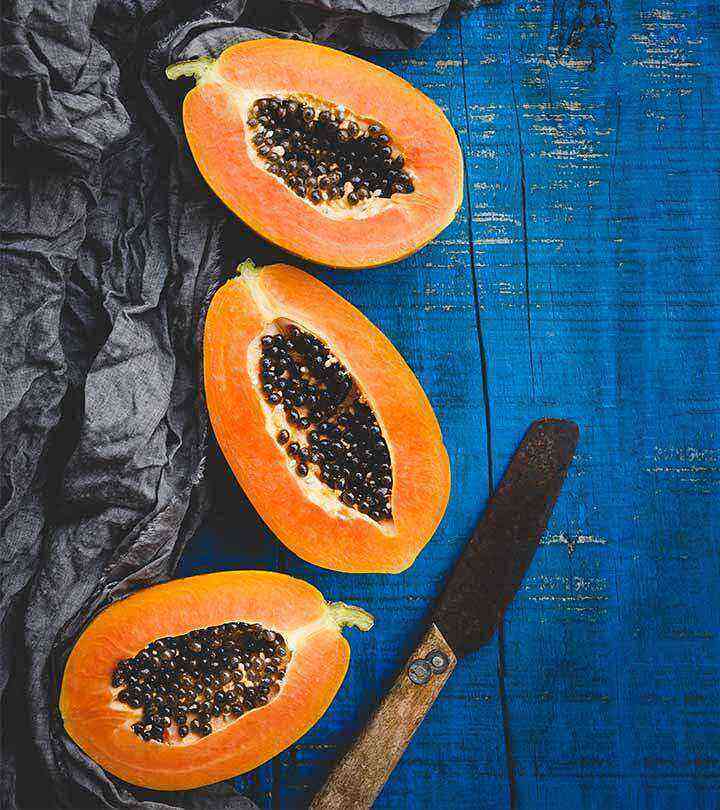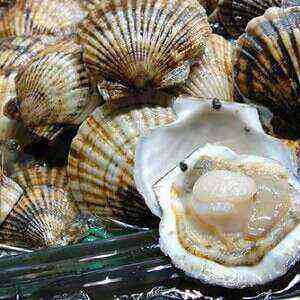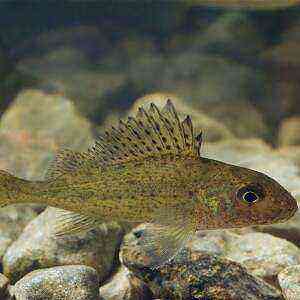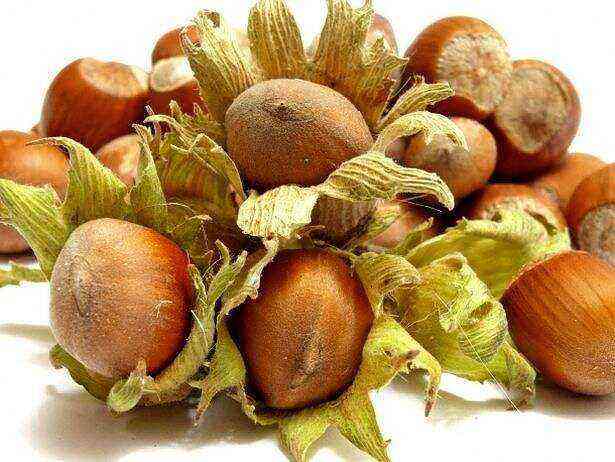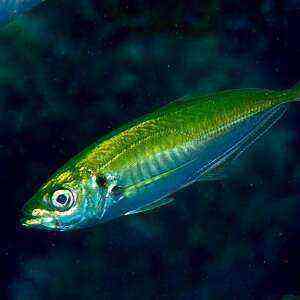 Horse mackerel is a sea-beam fish from the family of horse mackerel. The name of the genus comes from the words “trachys” and “oura”, which in Greek means “coarse” and “tail”, respectively. Representatives of the species have valuable commercial value. Throughout the world, horse mackerel is eaten, used to make canned food, snacks, and snacks.
Horse mackerel is a sea-beam fish from the family of horse mackerel. The name of the genus comes from the words “trachys” and “oura”, which in Greek means “coarse” and “tail”, respectively. Representatives of the species have valuable commercial value. Throughout the world, horse mackerel is eaten, used to make canned food, snacks, and snacks.
The fish leads a fast pace of life, which is why its fillet practically does not contain fat. Doctors recommend eating dietary meat for people suffering from hypertension, coronary disease, metabolic disorders, atherosclerosis.
Horse mackerel is a source of valuable omega-3 fatty acid that supports cardiovascular health. On this, its benefits are not exhausted. The representative of marine fauna has a beneficial effect on the functioning of the thyroid gland, nervous system, and increases the stamina of the body.
The weight of commercial fish, as a rule, does not exceed 400 g. Moreover, the largest horse mackerel, which was caught in the entire history of fishing, weighed 2 kg.
Description and types
Horse mackerel is a pelagic schooling fish with an elongated spindle-shaped body reaching 30 cm in length. The dorsal fins are well developed, and the pectorals are shorter than the ventral fins. The body of the fish is compressed from the sides, ending in a caudal peduncle. The back is covered with small bluish-gray scales, and the abdomen is silvery. The curved lateral line is represented by bony scutes with pointed ends, which form a sawtooth ridge, dangerous to enemies. It protects horse mackerel from large congeners – tuna, herring, mackerel. Her life span is 9 years. As a predator, it feeds on shrimp, cephalopods, small fish, zooplankton and benthic invertebrates.
Horse mackerel lives in warm waters, keeps at the bottom, rarely goes to the depths inhabits the area near coastal shelves. It is hunted in large flocks in the surface layers of water, developing a speed of up to 80 km / h.
In the tropics, subtropics, fish spawn all year round, and in mid-latitude waters – during the warm period. Females of horse mackerel are highly fertile, each of which lays about 200 eggs at a time. Interestingly, until the age of one year, the fry hide from the predator under the dome of jellyfish. Juveniles feed on zooplankton.
The meat is fish without small bones, tender and tasty with a specific sour taste and aroma.
 The commercial value of horse mackerel is difficult to overestimate. It is fried, boiled, smoked and dried. In addition, sea fish is baked, salted and pickled. It is used to make canned food in vegetable oil or tomato sauce, cold / hot appetizers, soups, pastes.
The commercial value of horse mackerel is difficult to overestimate. It is fried, boiled, smoked and dried. In addition, sea fish is baked, salted and pickled. It is used to make canned food in vegetable oil or tomato sauce, cold / hot appetizers, soups, pastes.
Currently, the stavrid family includes more than 150 species of fish.
The most popular representatives:
- Ordinary (Atlantic). It lives in the Mediterranean, Northern, Black and Baltic Seas, the Atlantic Ocean, coastal waters of South Africa and Argentina. The body length of the Atlantic horse mackerel does not exceed 50 cm, and its weight is 1,5 kg.
- South. It is found off the coast of Brazil, Uruguay, Argentina, New Zealand, Australia. The fish extends into the water column up to 300 m. The head and mouth are large, the body reaches 60 cm in length, 8 spines are concentrated on the first dorsal fin.
- Mediterranean (Stavrida Black Sea). Habitat: Marmara, Black, Mediterranean and Azov Seas, Atlantic Ocean. The side line of the mackerel is covered with bone scutes. The length of an adult depends on the food supply and growing conditions and varies from 20 to 50 cm. The color of the belly is silver-white, the backs are bluish-gray.
Mediterranean horse mackerel consists of 2 subspecies: Black Sea and Mediterranean.
- Japanese Inhabits the East China Sea, the waters of Korea and South Japan. In the fall it is found off the coast of Primorye. The fish lives at a depth of 50-275 m below the surface of the water. Body length reaches 35-50 cm.
- Peruvian (Chilean). The habitat includes coastal zones of New Zealand, Peru, Chile, the South Pacific and Australia. The body length of an adult fish reaches 20-40 cm. Swims at a depth of 15-60 m.
In the tropics of the Pacific, Indian and Atlantic oceans, cigar or tenfold horse mackerels are common. A characteristic feature of which are the additional fins located behind the second dorsal and anal fins. The body of tenfold horse mackerels is almost round in cross section, practically not compressed laterally. Along the rear, the lateral line is strewn with shields. The teeth are located on the tongue, palatine bones, jaws and vomer.
Horse mackerels belong to the class of the most important commercial fish. Each year, the volume of their catch varies from 300 thousand tons to 1,4 million tons. It is interesting that Peruvian horse mackerel accounts for 90% of the production.
Chemical composition
The nutritional value of horse mackerel depends on the type of culinary processing. 100 g of boiled fillet contains 130 kcal, fried – 190 kcal. The calorie content of canned sardines in oil increases to 238 kcal.
Energy ratio B: F: In fish it is 65%: 35%: 0%.
Table No. 1 “Nutritional value of horse mackerel”
Components
Content in 100 g product, g
Boiled
Fried
Вода
72,5
60,5
Белки
20,0
20,3
Жиры
4,9
10,5
Зола
2,6
4,7
Омега-3
1,48
1,48
Насыщенные жирные кислоты
1,0
1,6
Омега-6
0,11
0,11
Углеводы
–
3,7
Крахмал и декстрины
–
3,7
Пищевые волокна
–
0,3
Table No. 2 “The chemical composition of horse mackerel”
Name
The content of nutrients in 100 g product ml
Boiled
Fried
Vitamins
Ниацин (В3)
6,2
6,5
Токоферол (Е)
1,0
3,2
Аскорбиновая кислота (С)
0,8
1,1
Тиамин (В1)
0,11
0,16
Рибофлавин (В2)
0,1
0,11
Бета-каротин (A)
0,01
0,01
Macronutrients
Натрий
656,0
1352,0
Фосфор
240,0
271,0
Калий
190,0
352,0
Хлор
75,0
160
Кальций
43,0
80,0
Магний
16,0
41,0
Trace Elements
Железо
1,6
1,4
Цинк
0,8
0,9
Фтор
0,21
0,43
Медь
0,15
0,11
Марганец
0,06
0,09
Йод
0,03
0,03
Хром
0,02
0,055
Молибден
0,005
0,004
Никель
0,003
0,006
Кобальт
0,015
0,02
In autumn, horse mackerel accumulates 15% of valuable fish oil, which is why it is a particularly welcome trophy for fishermen in this period.
What is more useful: freshwater or sea fish
 Fish is a valuable nutritious product for the human body, replenishing the reserves of high-quality protein, vitamins A, C, B, E, and mineral compounds. It is interesting that the life expectancy of peoples living near sea territories and regularly consuming seafood is 5-10 years longer than people who do not eat them. The first place belongs to the residents of Monaco (89 years old), the second – Macau (84 years old), the third – Japan (83 years old). As you can see, these countries are located along the Mediterranean, South China and Japan seas.
Fish is a valuable nutritious product for the human body, replenishing the reserves of high-quality protein, vitamins A, C, B, E, and mineral compounds. It is interesting that the life expectancy of peoples living near sea territories and regularly consuming seafood is 5-10 years longer than people who do not eat them. The first place belongs to the residents of Monaco (89 years old), the second – Macau (84 years old), the third – Japan (83 years old). As you can see, these countries are located along the Mediterranean, South China and Japan seas.
It turns out that fish protein is much more nutritious than poultry and is easier to digest than meat. In addition, the inhabitants of the deep sea, in contrast to freshwater relatives, contain useful omega-3 acids, which are vital for the functioning of the body. PUFAs are part of cell membranes, on which the interchange of signals between nerve cells, the effectiveness of the retina, eye, brain, and heart depend.
Interestingly, the amount of phosphorus and calcium in the fillet of sea fish is 40% higher than the content of macronutrients in dried apricots and raisins. In addition, horse mackerel contains iodine, which is simply absent in freshwater.
It is believed that with regular consumption of 100 g of sea fish per day, the risk of developing heart disease is minimized. While the meat of freshwater inhabitants is able to accumulate heavy metals, radionuclides and pesticides from a more polluting environment. It is less pure than sea fish and is much inferior in the number of minerals, vitamins and amino acids.
Horsefish usefulness
In 2004, a record for mackerel was recorded: 80 tons of the species were caught in the waters of the Mediterranean Sea.
Due to the abundance of omega-3, marine fish is necessarily taken to the diet of people with metabolic disorders and cardiovascular diseases: with hypertension, ischemia, and atherosclerosis.
Pros of eating horse mackerel:
- It supplies building material to the body (protein) for the formation of organs, tissues, cells, hemoglobin, hormones and enzymes, as well as energy synthesis.
- It nourishes the thyroid gland, saturating it with iodine, and has an anti-inflammatory effect.
- It does not burden the digestive tract, therefore it is indicated for use as an alternative to meat for people with gastrointestinal diseases.
- Increases life expectancy.
- Improves eyesight.
- Normalizes nervous activity.
- Lowers cholesterol, preventing the development of heart disease. It is proved that with the use of sea fish 1-2 times per week, the risk of stroke is reduced by 22%, and heart attack by 2 times.
- It has an antitumor effect.
- Strengthens bone tissue, the body’s immune defense.
In boiled form, horse mackerel is a dietary product (130 kcal per 100 g of fillet), therefore it is allowed to be included in the diet of a losing weight person. In particular, observing the protein diet of Dukan, Atkins, the Kremlin, Maggi. Active consumption of fish improves the condition of the skin due to the fact that it helps the cells of the dermis to retain moisture, and as a result protects it from wilting.
Non-Stop Product
 Horse mackerel fish is a predator that is able to accumulate mercury compounds in meat, which have a detrimental effect on the formation of the nervous system. Therefore, nutritionists recommend it to be excluded from the menu of young children, pregnant, lactating women. Otherwise, contraindications to the use of fish end with individual intolerance to the product.
Horse mackerel fish is a predator that is able to accumulate mercury compounds in meat, which have a detrimental effect on the formation of the nervous system. Therefore, nutritionists recommend it to be excluded from the menu of young children, pregnant, lactating women. Otherwise, contraindications to the use of fish end with individual intolerance to the product.
Pancreatitis Fish
With inflammation of the pancreas, fish oil should be excluded from the diet of patients. Despite the usefulness of the product, it has a negative effect on the cells of the damaged organ, increasing the load on them. The problematic of this phenomenon lies in the fact that lipase, an enzyme synthesized by the pancreas, is needed to break down fat. In the acute stage of the disease, the enzymatic activity of the organ is purposefully suppressed to achieve remission. As a result, during this period, lipase is produced in insufficient quantities, which creates difficulties in the process of digesting food.
With pancreatitis during the period of remission, it is permissible to introduce fish with a fat content of up to 8% into the diet of patients. These include: horse mackerel, sea bass, carp, cod, nevaga, hake, pike perch, pike, flounder, blue whiting, pollock, bream. At the same time, a single portion should not exceed 150 g. The preferred method of fillet processing is boiling or steaming.
Principles of horse mackerel cooking
The meat of sea fish without large bones, tender, slightly sour taste. Horse mackerel is sold in fresh, frozen or canned (in oil or tomato juice) forms.
Traditional dishes with horse mackerel:
- in Iceland – with pickled onions or wine vinegar;
- in Turkey – with spices, herbs and lemon;
- in Greece – with rosemary and green olives;
- in Japan – with ginger, dry herbs;
- in Russia, Ukraine – served lightly salted, dried.
To fully reveal the pungent smell and taste of the fish, while maintaining all the beneficial properties, it is prepared with the addition of a minimum amount of fat at high temperatures.
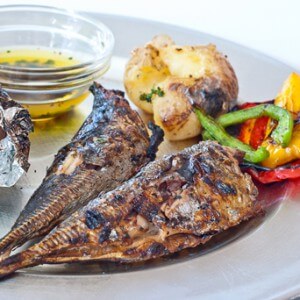 How to cook horse mackerel:
How to cook horse mackerel:
- bake with herbs in the oven or on the grill;
- make a diet soup or fragrant ear;
- fry in corn breading;
- subject to cold or hot smoking;
- pickle with natural vinegar or tomato;
- grind into minced meat, from which to make meatballs, meatballs.
Canned seafood is used to make soups, cold appetizers, pastes and sandwiches. Spicy herbs and sour berry sauces harmoniously emphasize the piquant taste of horse mackerel. The fish is combined with fresh greens, boiled vegetables, dark rice.
Cooking Rules:
- Control the time of heat treatment of fish. The smaller the piece, the less time it takes to cook it. The carcass of horse mackerel is boiled for no more than 15-20 minutes, and fillets – 7-15 minutes.
Long-term heat treatment contributes to the loss of vitamins, the fish ceases to “hold” its structure and turns into a tasteless porridge.
- Remove the sharp iodine smell of saltwater fish. For these purposes, horse mackerel is soaked in water, acidified with lemon juice, or milk for an hour.
- You can not use the head of a fish for cooking, as it deposits harmful substances that cause poisoning of the body.
- Before cooking, the carcass of a marine predator is pre-thawed in cold water. In no case should it be placed in a warm or hot liquid, otherwise it will lose its appearance and become tasteless.
- During boiling, a boil must not be allowed. In addition, excess water impairs the taste of horse mackerel. If possible, it should be taken as little as possible. In this case, cook the fish on low heat for no longer than 7-20 minutes, depending on the size of the piece in a small volume of water.
The quality of the dish directly depends on the quality of the feedstock. In the process of choosing marine fish should carefully inspect the carcass. It should be without spots and mucus, completely covered with scales with transparent eyes, bright red gills, a characteristic iodine odor. Do not buy frozen fish with ice flows with whitish spots in an opaque package. The glaze layer should be uniform along the entire length and, ideally, not exceed 5 mm. In addition, make sure that the carcass has the correct configuration, without distortion, irregularities and kinks.
Fish diet
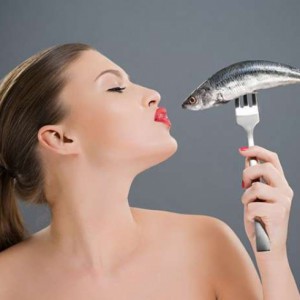 It is a protein system of weight loss, aimed at satisfying hunger, giving muscles strength, burning subcutaneous fat. The main advantages of the technique are the rapid pace of weight loss and long-term preservation of the result. As a result, the lost kilograms do not return immediately after completing the course, as is the case with three- and five-day express diets. The disadvantage of fish diet is an unbalanced diet. As a result, protein helps to remove calcium and phosphorus from the body, which is accompanied by a deterioration in the condition of hair, nails, and an increase in brittle bones. In addition, the load on the kidneys increases. Contraindications: gout, pancreatitis, colitis, dysbiosis, renal dysfunction, irritable bowel syndrome, increased blood clotting.
It is a protein system of weight loss, aimed at satisfying hunger, giving muscles strength, burning subcutaneous fat. The main advantages of the technique are the rapid pace of weight loss and long-term preservation of the result. As a result, the lost kilograms do not return immediately after completing the course, as is the case with three- and five-day express diets. The disadvantage of fish diet is an unbalanced diet. As a result, protein helps to remove calcium and phosphorus from the body, which is accompanied by a deterioration in the condition of hair, nails, and an increase in brittle bones. In addition, the load on the kidneys increases. Contraindications: gout, pancreatitis, colitis, dysbiosis, renal dysfunction, irritable bowel syndrome, increased blood clotting.
In the absence of these diseases, boiled fish of low and medium fat content (horse mackerel, pollock, hake or navaga) is used as the main product of the diet. At the same time, another processing method (smoking, drying, frying) is prohibited.
Products compatible with fish: greens, beets, cucumbers, cabbage, carrots, sweet peppers. During the diet, you should abandon the use of salt and spices, drink 2-3 liters of water per day.
Daily menu for 7 days (minus 5 kg):
- breakfast – apple – 1 pc, boiled egg – 1 pc, unsweetened green tea – 250 ml;
- second breakfast – cucumber – 1 pc, boiled fish (hake) – 200 g;
- lunch – cottage cheese (up to 5%) – 100 g, boiled fish (horse mackerel) – 200 g, vegetable salad with herbs – 200 g;
- afternoon tea – green tea without sugar – 300 ml;
- dinner – lettuce leaves – 5 pcs, low-fat cottage cheese – 150 g, boiled fish (pollock) – 200 g;
- before bedtime – green tea – 200 ml.
It is also allowed to eat kefir 1%, boiled shrimp, citrus fruits. It is recommended to give preference to fresh fish, but it is not forbidden to boil frozen carcasses.
The maximum duration of adherence to children is 2 weeks. If it is necessary to repeat the protein diet, you should take a break for at least 2,5 months.
Conclusion
Horse mackerel is a commercial flock of fish, a characteristic feature of which are bone scutes along the lateral line of the entire length. They are designed to bend her body during fast swimming, as well as protect against predators. Nutritionists note that horse mackerel meat favorably affects the cardiovascular, nervous and digestive systems, and the thyroid gland. With regular use of sea fish (2-3 g per week, 150 g each), the risk of developing osteoporosis, atherosclerosis, coronary disease, myocardial infarction, stroke, hypothyroidism is reduced. The benefits of horse mackerel are not limited to this; it normalizes the metabolism, strengthens the immune system, improves the condition of the skin, stabilizes the level of hemoglobin in the blood, increases the intellectual potential, working capacity, relieves lethargy and apathy, and maintains normal speed of nerve impulses.
Horse mackerel is a nutritious product widely used in cooking for preparing snacks, first and second courses. It is salted, smoked, dried, stewed, steamed, boiled and fried. Due to its rich chemical composition, an abundance of useful omega-3,6 acids, vitamins, macro- and microelements, easily digestible protein and essential amino acids, marine fish are used in diet therapy to combat overweight. For a week following the protein menu, you can get rid of up to 5 kg.
The usefulness of horse mackerel depends on the conditions of her stay. Fish caught in environmentally unfavorable conditions (contaminated water bodies) poses a danger to human health. Therefore, the purchase of goods should be made exclusively from trusted manufacturers, subjecting the products to visual inspection.
